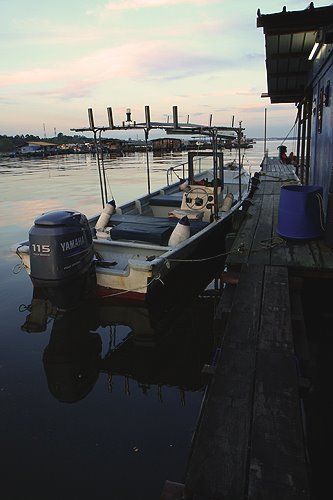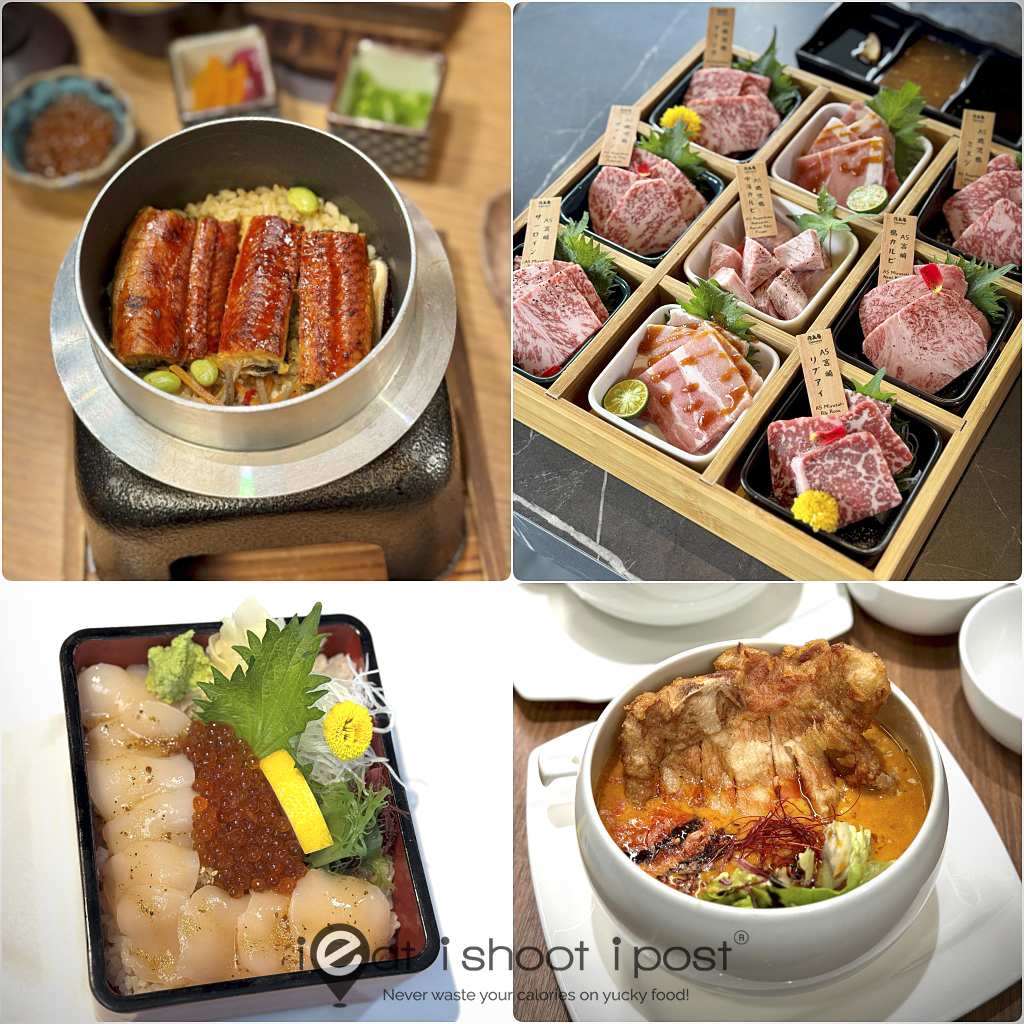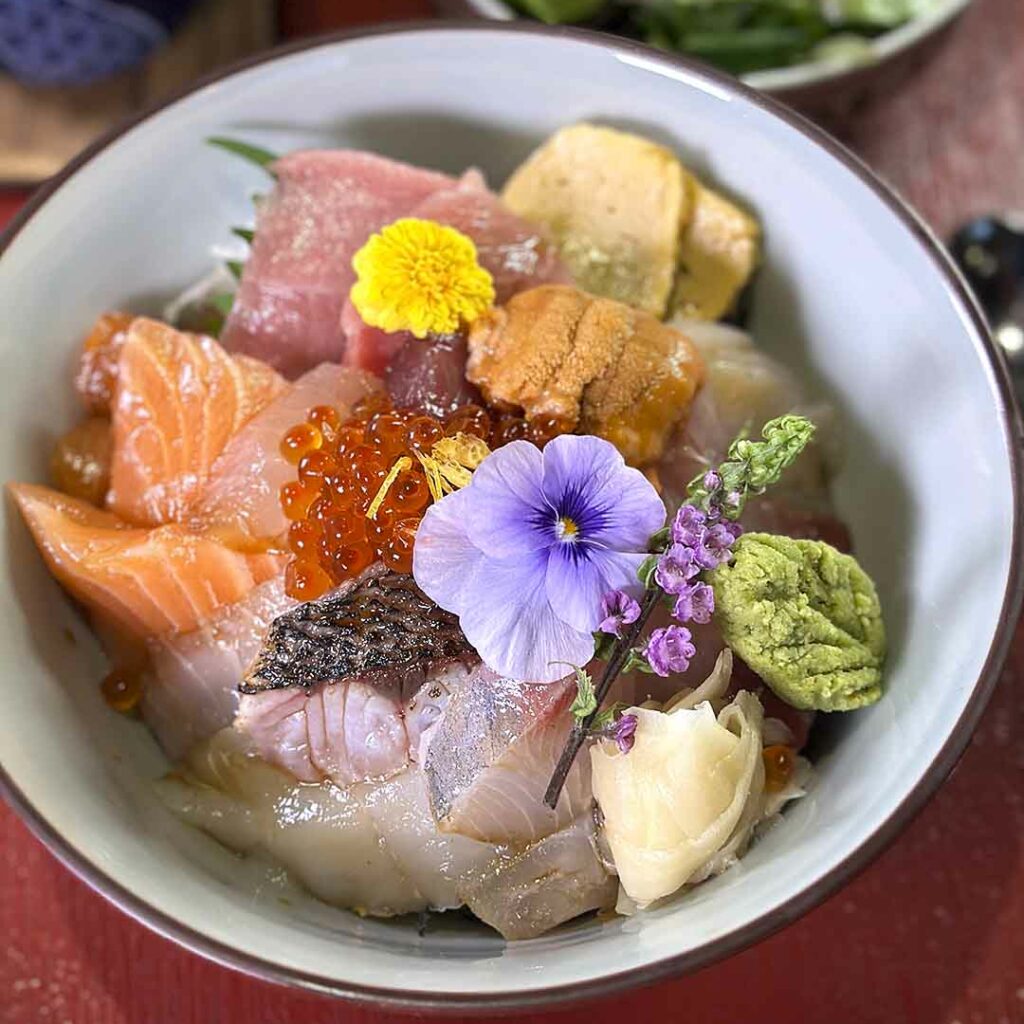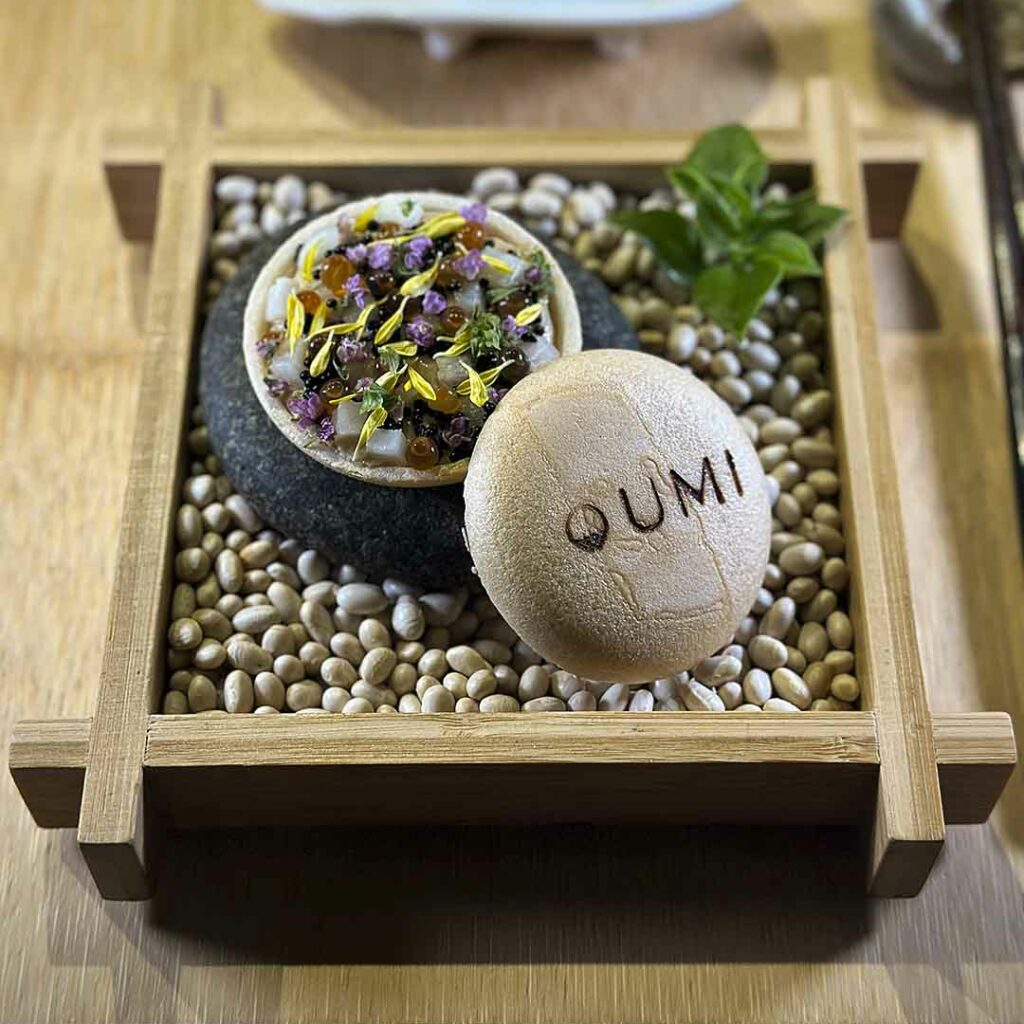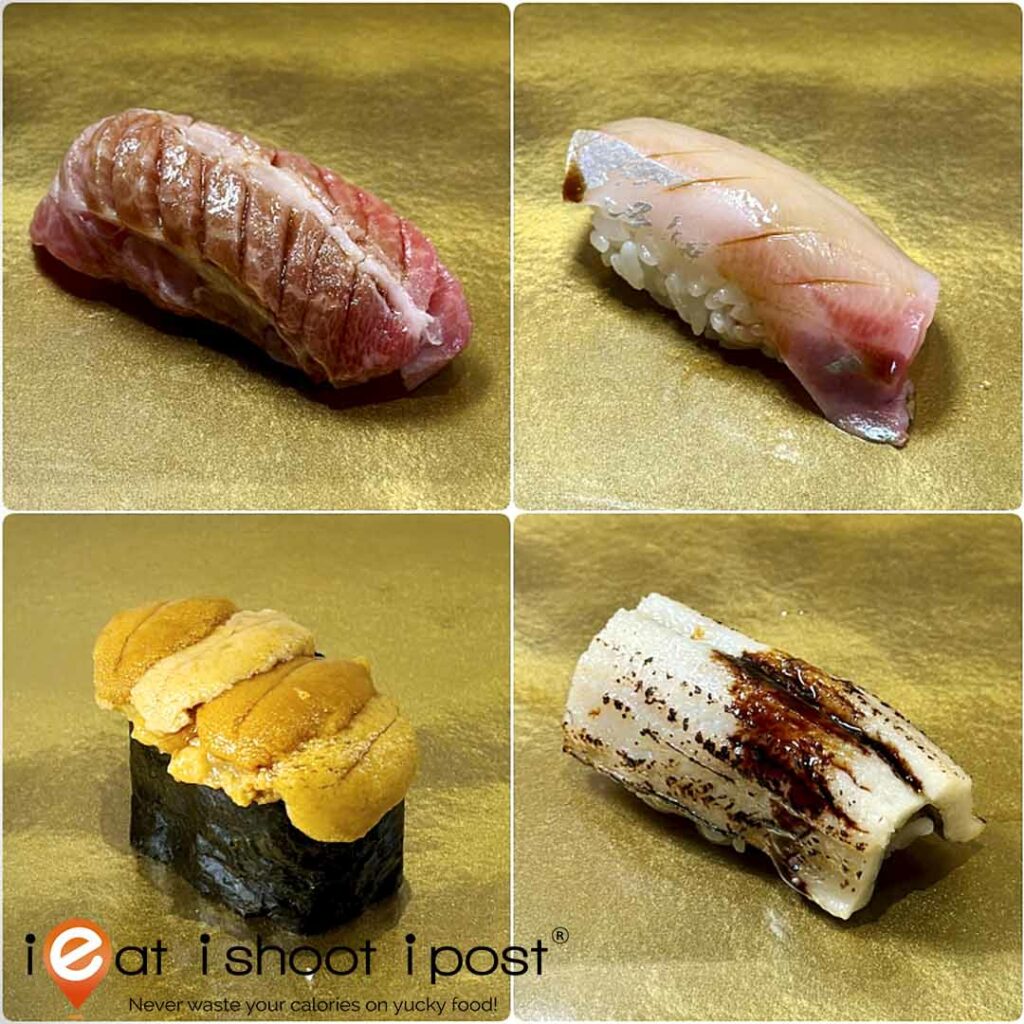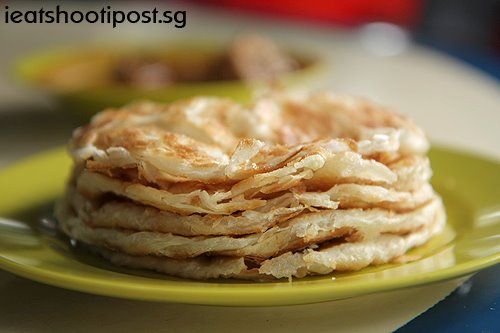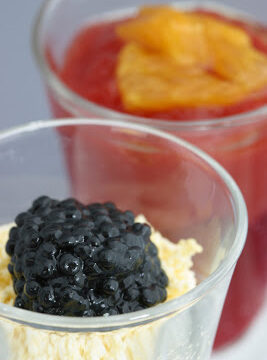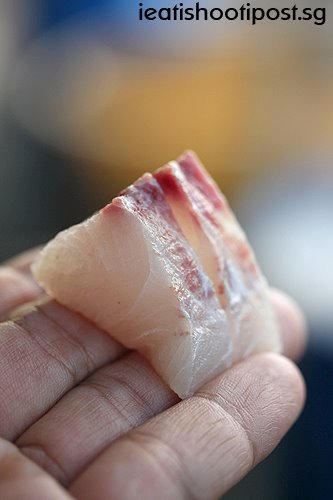
There is something very romantic about Kelongs.
I guess if you were a child growing up in the 70’s, you will still remember seeing the Kelongs offshore especially when you travel to Changi beach for that family day out at the beach. Nowadays, the traditional Kelongs built on stilts have all but disappeared, so my kids have no idea what a Kelong is. But that doesn’t mean there are no Kelongs in Singapore. In fact, the AVA has been encouraging aquaculture in Singapore, and Kelongs are being leased out to private enterprises. The reason that you don’t realize that there are still Kelongs around is that since they are no longer built on stilts, it is not as easy to spot them.
If you go to Changi and look towards Pulau Ubin, you can actually see these Kelongs. They not only catch fish from the wild, but they are also rearing fish, prawns and even lobsters.
I happened to chance upon Changi Fishery while surfing online and was fascinated by the fact that we actually still have Kelongs in Singapore. So I made a date with Rosemary, the lady who runs the Kelong to bring my family to experience what life is like on a floating fish farm. Changi Fishery is a 5 minute boat ride from the Changi Sailing Club and is open to the public for educational tours and hosting makan sessions.
One of the fishes that are being reared at Changi Fishery is the Cobia which the AVA has identified as one of six species of fish to be reared for food. The Cobia is also known as Black Kingfish, Ling and Lemonfish and has been is touted to be the next big thing after Salmon. They grow really quickly and within 8 to 9 months they can grow to a size that is ready for the table. Salmons in contrast can take up to three years. In the US, they have successfully reared these fish in tanks and have started marketing the meat to the consumers. Earlier this year, Jamie Oliver was featured in US Iron Chef where he pitted his skills against Mario Battali in “Battle Cobia” where both chefs had to creat dishes using the Cobia. Guess who won?
I was told that the Cobia is slowly making its way into the Japanese Sushi Market where the fish is known as Sugi. So we decided to try some really fresh Sugi Sashimi. Our Cobia was fished out of the water and filleted rather unceremoniously by our Indian Sushi Chef (Not). Actually, we were not well prepared for a meal there or we would have brought our own filleting knife, wasabi and soy sauce.
If you never tasted Cobia before, well, it tastes like chicken. Kidding lah. The fish looks very similar to the more familiar Kanpachi/Hamachi/Hiramasa and tastes like it. The flesh is white and translucent and has a hint of citrus which might be why it is also known as Lemonfish. Information on Sugi is still quite sparse on the net but I found this really helpful website which lists the different fish used for sushi. The fish is so new that it hasn’t been listed yet, but the very helpful author did respond to my email query on Cobia, by saying that:
Most cobia sold as sushi is in lower-end establishments, where it is offered under false names, most commonly masquerading as kanpachi or hiramasa. After several glasses of sake, a forgiving person could almost mistake very high-quality cobia for a mediocre piece of amberjack (kanpachi, etc.) Almost.
The Cobia is also slowly making its way into our Sushi restaurants as well as other eating establishments here. I think it won’t be too long before the fish will be seen swimming in the tanks ready for our Cze Char Chefs to turn it into a meal for your family.
In case you are after some fresh seafood for the weekend, you can actually place your orders on Friday with Changi Fishery and pick up your seafood on Saturday afternoons at the Changi Sailing Club. The various Kelongs there have actually formed a conglomerate, so you are able to get quite a variety of seafood ranging from prawns to lobsters, seabass, groupers and so on. If you are feeling more adventurous, you can even organize for a group to visit the Kelong and have dinner there.
More information can be found at the Changi Fishery website at www.changifishery.com. Contact numbers: 96150215, 61001638



